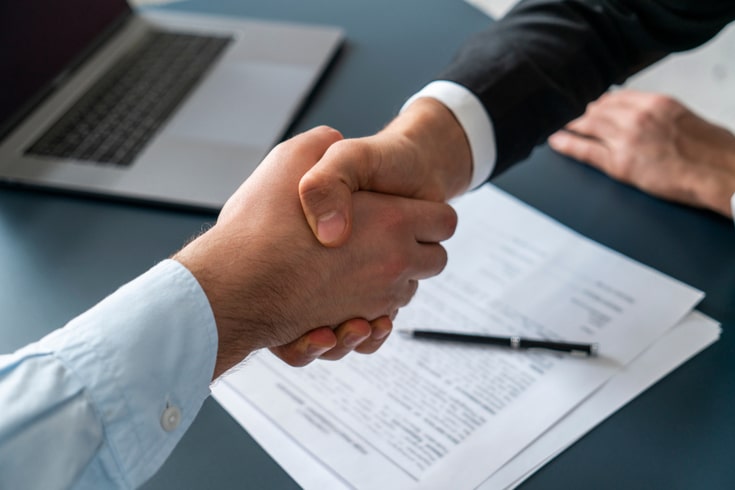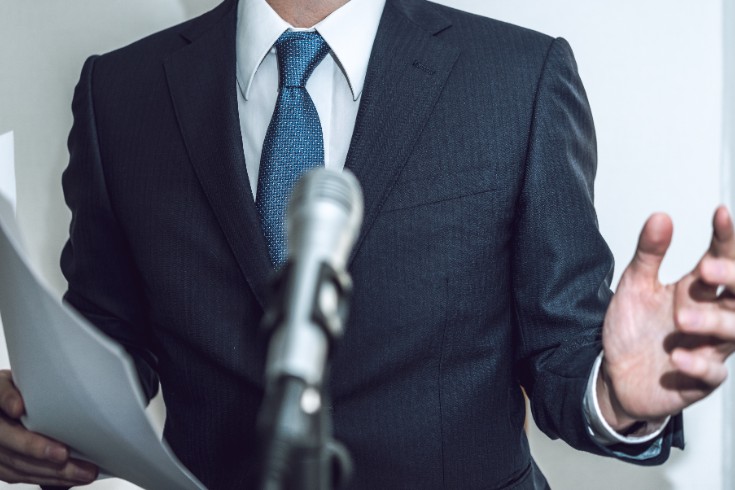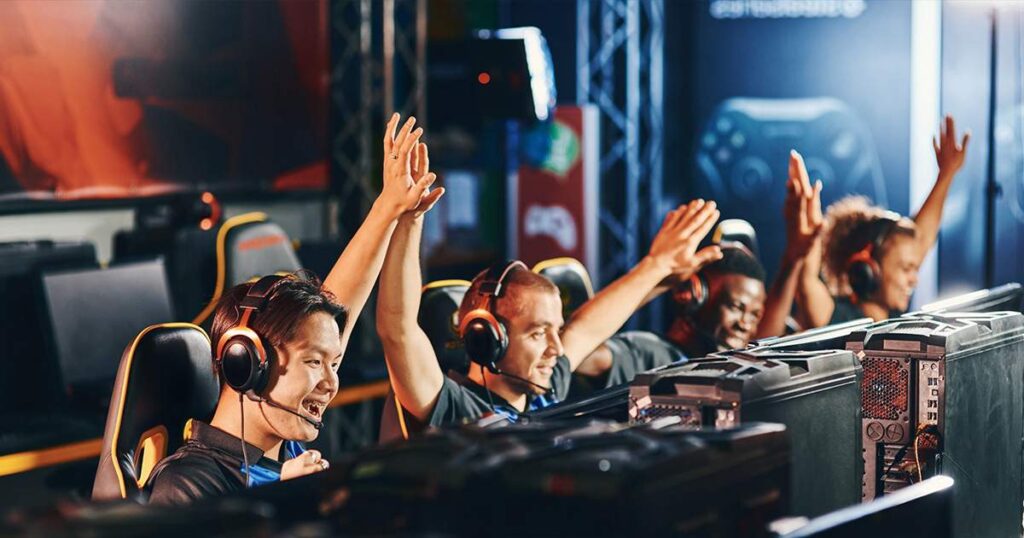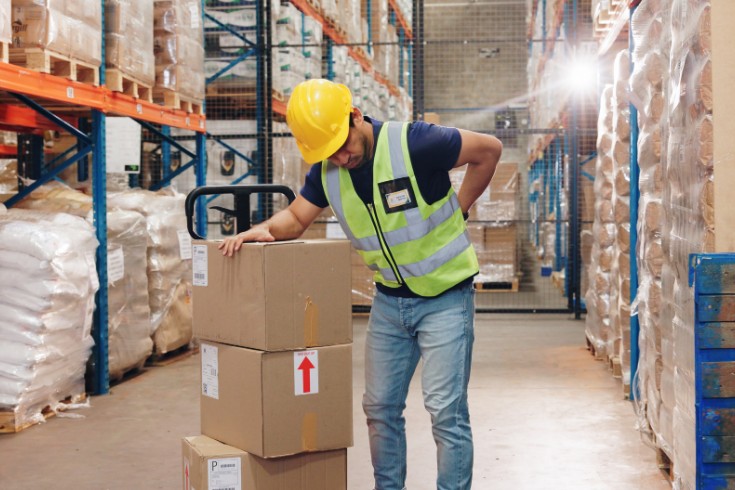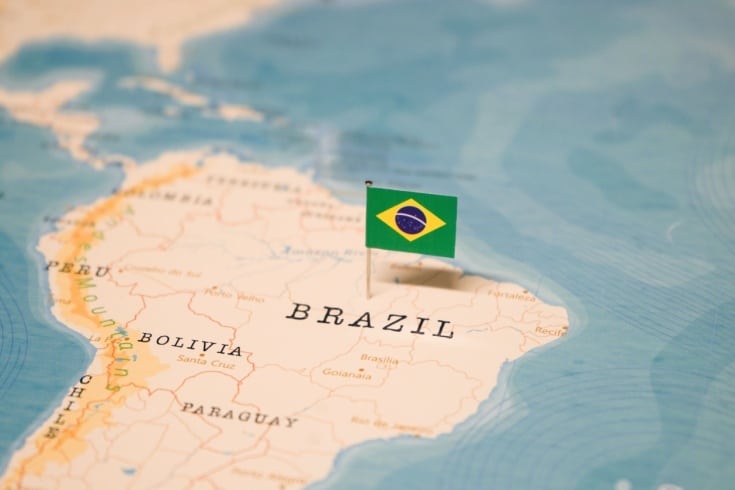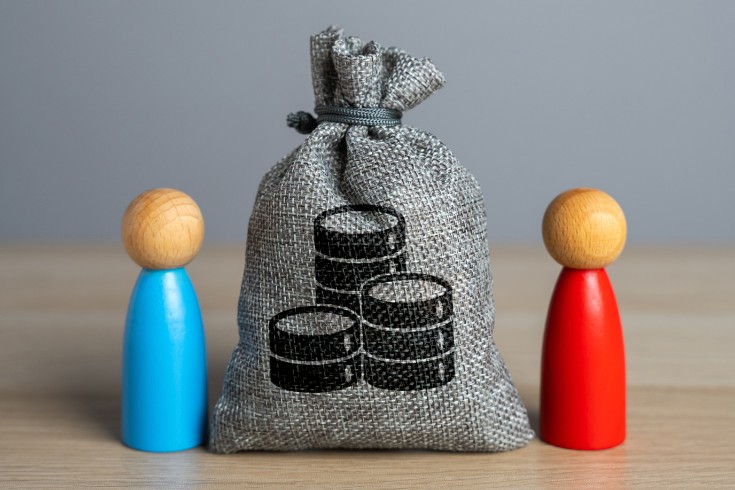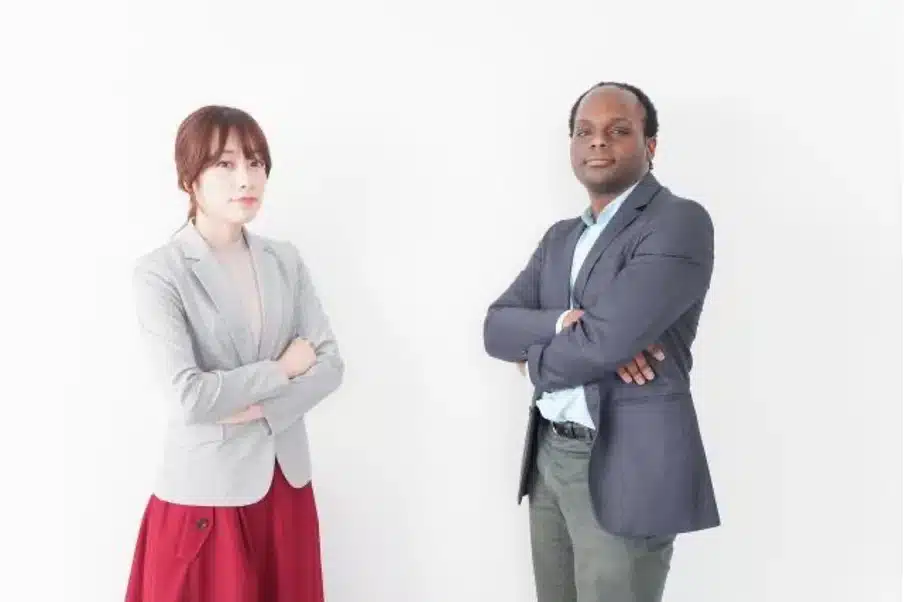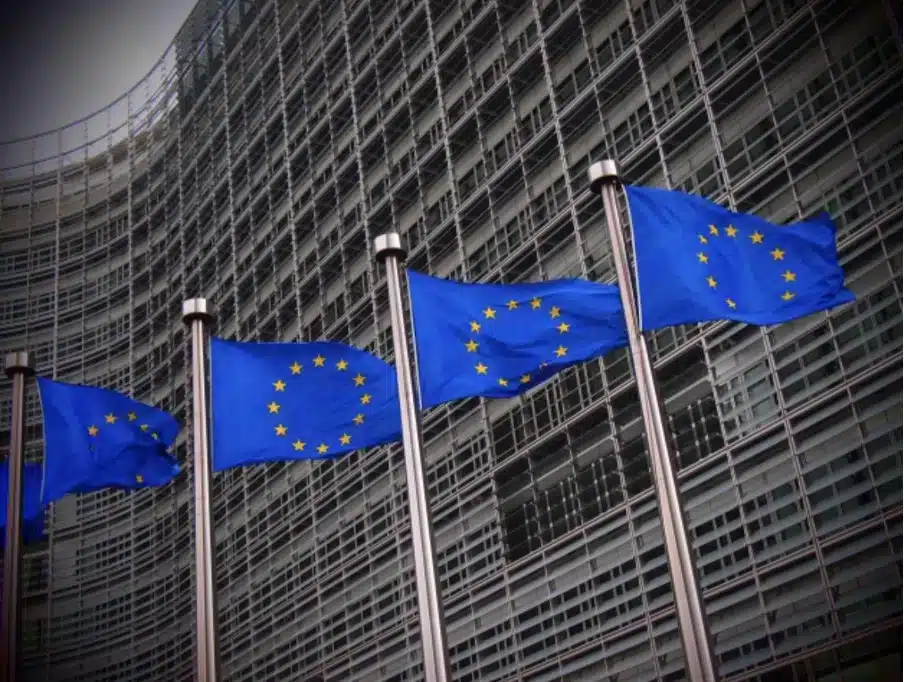Is Using Images of Buildings a Legal Violation? Understanding Copyright and Trademark Rights
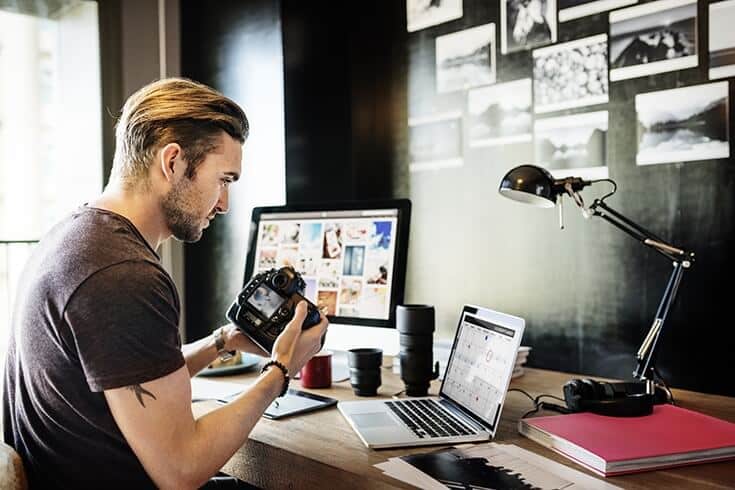
Photographs, movies, animations, games, VR (Virtual Reality), AR (Augmented Reality), and merchandise are just a few of the many ways in which architecture is being utilized in various content.
Architecture is protected by various rights, and care must be taken to avoid infringing upon these rights when using images and other related materials.
In this article, we will explain the relationship between architecture and copyrights and trademark rights.
https://monolith.law/youtuber-vtuber/photographing-others-property[ja]
Copyright
Copyright refers to the rights to protect creative works.
It is defined as “something that creatively expresses thoughts or feelings and belongs to the realm of literature, academia, art, or music,” and Article 10, Paragraph 1 provides examples of copyrighted works, including “architectural works” in item 5.
Japanese Copyright Law Article 2, Paragraph 1, Item 1
Architecture and Copyright
Architecture typically refers to all types of structures, not just houses and buildings, but also theaters, shrines, temples, bridges, gardens, parks, towers, etc. Among these, “architectural works that creatively express thoughts or feelings” are recognized as copyrighted works.
Article 46 of the Japanese Copyright Law states:
Use of publicly displayed works of art, etc.
Works of art whose original works are permanently installed in outdoor locations as prescribed in the previous article, paragraph 2, or architectural works, can be used in any way, except in the following cases:
1. Reproducing a sculpture and offering it to the public through the transfer of its reproductions
2. Reproducing an architectural work by building it and offering it to the public through the transfer of its reproductions
3. Reproducing it for the purpose of permanently installing it in an outdoor location as prescribed in the previous paragraph
4. Reproducing it exclusively for the purpose of selling reproductions of works of art, or selling such reproductions
Japanese Copyright Law Article 46
From the above, it is prohibited to build a similar architectural work (reproduction), but other actions, such as photography and commercial use, are allowed.
In other words, under the Copyright Law, architectural works can be used in photos, movies, animations, games, merchandise, etc., even without the consent of the copyright holder.
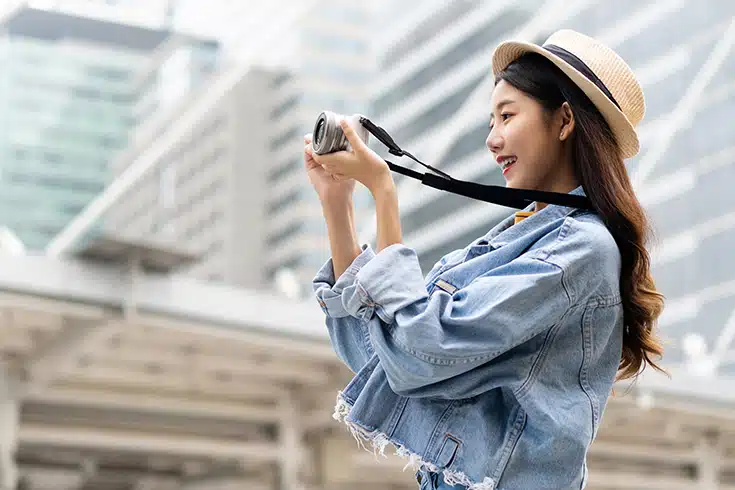
Furthermore, unlike works of art, architectural works do not have the limitation of being “installed outdoors”, so theoretically, parts of a building such as the interior or stairs can also be used.
However, according to item 4 of the same article, the range of free use is limited for architectural works that are highly creative and also qualify as “works of art”, such as Taro Okamoto’s “Tower of the Sun”.
While it is possible to take photos for private purposes or free distribution, or even for sale if it is only part of the background, if you want to reproduce or sell photos focused on the building, like postcards or posters, for the purpose of selling, you will need the consent of the copyright holder.
Judgment Regarding the Nature of Copyrighted Works
Determining whether a particular building qualifies as a copyrighted work can be a challenging issue. In fact, it can sometimes lead to litigation disputes.
Buildings Not Recognized as Works of Authorship
There was a case where the plaintiff, who created the design of a building, applied for a provisional injunction to stop the construction of the building, claiming that building the building according to the design infringes on the plaintiff’s copyright (right of reproduction).
The court stated,
In considering whether the conceptual building expressed in the design in question qualifies as a ‘work of architectural authorship’, we should focus not on practicality or functionality, such as ease of use, but primarily on the appearance of the building as an expression of cultural refinement. However, the building in question was not recognized as having the artistic quality that would allow the general public to perceive the designer’s cultural refinement. It is still within the realm of a general residence and cannot be evaluated as elevated to architectural art. Therefore, it does not qualify as a ‘work of architectural authorship’, and thus the construction in question does not infringe on the ‘right of reproduction’. The application was dismissed.
Fukushima District Court, April 9, 1991 decision
A similar judgment can be seen in the case of a luxury custom-built home that won the Good Design Award. Sekisui House, Ltd. designed and built a series of luxury custom homes and displayed them at housing exhibitions nationwide. On the other hand, the defendant construction company built a model house and displayed it at exhibitions nationwide. However, Sekisui House, Ltd. claimed that this building was a reproduction or adaptation of their own building, infringing on their copyright, and sought to stop the construction of the defendant company’s model house.
The court stated,
The plaintiff’s building is an architectural work with a certain level of creativity in terms of aesthetics, not just practicality and functionality, after trial and error in arranging and composing elements that evoke the beauty of Japanese architecture and elements of Western architecture. Also, it is undoubtedly the result of intellectual activity, as the exterior design was determined through trial and error by multiple people with specialized knowledge and experience. In the selection for the Good Design Award, elements related to aesthetics and artistry, such as beauty, novelty, and originality, are considered. It is recognized that there are unique elements that are neither purely Japanese nor Western architecture in comparison with traditional architectural styles.
However, it stated,
When comparing the completed plaintiff’s building with existing ordinary residential buildings, it cannot be recognized that the plaintiff’s building has artistic and aesthetic qualities different from them. Therefore, even if the above considerations are taken into account in the design, it cannot be recognized that the plaintiff’s building is endowed with artistic and aesthetic qualities. Therefore, it does not qualify as an architectural work under the Copyright Law.
Osaka District Court, October 30, 2003 decision
Even if a building has “a certain level of creativity” and is “the result of intellectual activity” and has “unique elements”, it is difficult to be judged as having aesthetic creativity that exceeds the aesthetic elements of ordinary houses and buildings, and having artistic and aesthetic qualities that can be called architectural art.
Buildings Recognized as Copyrighted Works

At the Mita Campus of Keio University,
an act of attempting to carry out construction work to relocate a part of the building, a garden adjacent to the building, and two sculptures installed in the garden, which were designed by sculptor Isamu Noguchi and others, in order to construct a new building for the establishment of a law school, was deemed to infringe upon Isamu Noguchi’s moral rights of authorship (right to maintain integrity).
The Isamu Noguchi Foundation, which claims to have inherited all rights related to his works, filed a provisional injunction to stop the demolition and relocation of the building. (Tokyo District Court, June 11, 2003)
The court stated,
The entire building, including the Noguchi Room, is a single work of art, and the garden is designed to be an integral part of the building, organically connected to it.
Regarding the sculptures, the court stated,
Not only the overall composition of the garden, but also the structure of the Noguchi Room in the building was designed considering the location and shape of the sculptures installed in the garden. As long as they are located in the place where they were installed, they constitute a part of the architectural work as a component of the garden, and at the same time, they can be appreciated independently, making them independent “works of art”.
However, the court also stated,
The construction is for the public purpose of establishing a law school, and the final plan was decided by taking into account the opinions of the preservation working group, among others, as the scheduled opening of the law school approaches, in order to preserve the creator’s intention as much as possible. The plan involves dismantling and relocating the building and garden, including the Noguchi Room, but restoring them as close to their current state as possible. This falls under the category of “alterations due to additions, modifications, repairs, or redecorations of buildings” (Article 20, Paragraph 2, Item 2 of the Copyright Act), to which the right to maintain integrity does not apply.
Therefore, the court rejected the application for a provisional injunction to stop the demolition and relocation of the building.
In court, there are not many buildings that have been recognized as copyrighted works, such as “New Umeda City” and “Stella McCartney Aoyama Flagship Store”.
Shrines, temples, castles, and other structures can also be copyrighted works, but many of them have already expired their protection period. However, the moral rights of authors may continue to exist even after the expiration of the protection period.
If the author is alive, actions that may infringe upon the moral rights of the author are prohibited (Article 60 of the Copyright Act), and the use of works that may harm the honor or reputation of the author may be considered an infringement of the moral rights of the author (Article 113, Paragraph 7 of the Copyright Act), so caution is required.
https://monolith.law/reputation/protection-author-moral-rights[ja]
Buildings and Trademark Rights
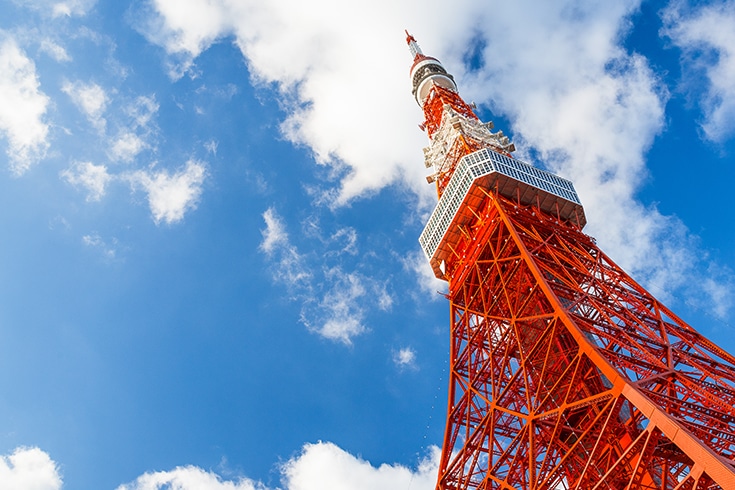
Not only their names, but also the silhouettes of buildings like the Tokyo Tower and Skytree are registered trademarks. Furthermore, if a building’s exterior has distinctive features, it can be registered as a three-dimensional trademark. Therefore, landmark buildings like the Tokyo Tower and Skytree have their shapes registered as three-dimensional trademarks due to their distinctive features.
Also, the exteriors of stores, such as Komeda Coffee, are registered as three-dimensional trademarks.
The trademark owner can file an injunction (Japanese Trademark Law Article 36) or a claim for damages (Japanese Trademark Law Article 38) against unauthorized users.
However, not all uses of a trademark can be restricted. Since the trademark right is a system to protect the “business reputation” included in the trademark, the subject of the trademark right is limited to uses that have self-identification power, such as free-riding on business reputation (referred to as “trademark use”) (Japanese Trademark Law Article 26, Paragraph 1, Item 6).
On the other hand, featuring a building that is registered as a trademark as part of an expression in content may not constitute trademark use, and therefore may not infringe on trademark rights.
Even if a building registered as a trademark is displayed in movies or games, if it is not particularly emphasized, there is a possibility that it may not infringe on trademark rights, but a delicate and difficult judgment is required.
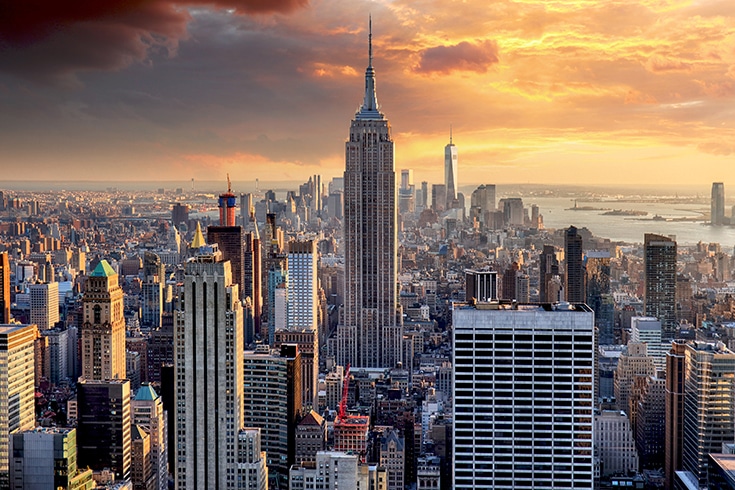
While caution is necessary for copyright infringement, trademark infringement can also be a serious issue.
Furthermore, from April 2020 (Reiwa 2), buildings have also become subject to design registration, and there have been cases of registration such as the “Uniqlo PARK Yokohama Bayside Store” with a rooftop park and the “Ueno Station Park Exit Station Building”. However, there is a grace period of one year, and since the subject of design registration is a new design, the possibility of infringing on design rights by using buildings that existed before April 2020 in content is likely low.
Copyright and Trademark Rights in Facility Management and Terms of Use
Owners and managers of buildings and facilities have a ‘facility management right’ based on their ownership rights. There may be restrictions based on this facility management right regarding nuisance behavior and the use of intellectual property within the facility. In private facilities, there are no specific restrictions on facility management rights, so it is possible to ‘prohibit photography within the facility’ as part of the facility management rights.
In this case, unauthorized photography would infringe upon the facility management rights. Furthermore, if copyright or trademark rights are violated, restrictions may also apply to publication.
For example, on the Tokyo Skytree site, it states:
The intellectual property related to Tokyo Skytree (name, logo, silhouette design, expected CG upon completion, etc.) is protected by the copyright and trademark rights of Tobu Tower Skytree Co., Ltd. and others. The use of these properties is managed by the Tokyo Skytree License Office to maintain the image of Tokyo Skytree. These intellectual properties cannot be used without the permission of the office. For inquiries about the use of Tokyo Skytree’s intellectual property, such as for product development, advertising, and promotion, please contact the office below.
Inquiries about the use of Tokyo Skytree’s intellectual property
Similarly, on the Tokyo Tower site, it states:
For business related to the planning, production, and sale of products and services using the property of Tokyo Tower (*), the consent of Tokyo Tower Co., Ltd. is required. For the use of Tokyo Tower’s property, please consult us from here. We will contact you later for details. The licensing fee will be determined based on the content. In addition to the payment of the licensing fee, there are various conditions to be complied with in order to maintain the image as Tokyo Tower’s property, but please note that we may not be able to grant permission depending on the content of use.
*Tokyo Tower’s property
– Name (Tokyo Tower, TOKYO TOWER) regardless of Japanese or foreign language
– Logo
– External appearance (shape, color, lighting of Tokyo Tower, including photos and designs)
– Character ‘Noppon’ *name and image
TOKYO TOWER License / About shooting and coverage
When using images of buildings, it is necessary to pay attention to such facility management rights and terms of use.
https://monolith.law/youtuber-vtuber/problems-of-uploading-videos-and-voyeur-videos-to-youtube[ja]
Summary
Various rights may arise in relation to buildings. Furthermore, under the ‘Japanese Copyright Law’, the scope of permissible use can vary depending on whether it qualifies as an ‘architectural work’ or a ‘work of art’. Thus, there are numerous complex issues to resolve when using images of buildings. Please consult with our experienced attorneys.
Category: General Corporate
Tag: General CorporateIPO

